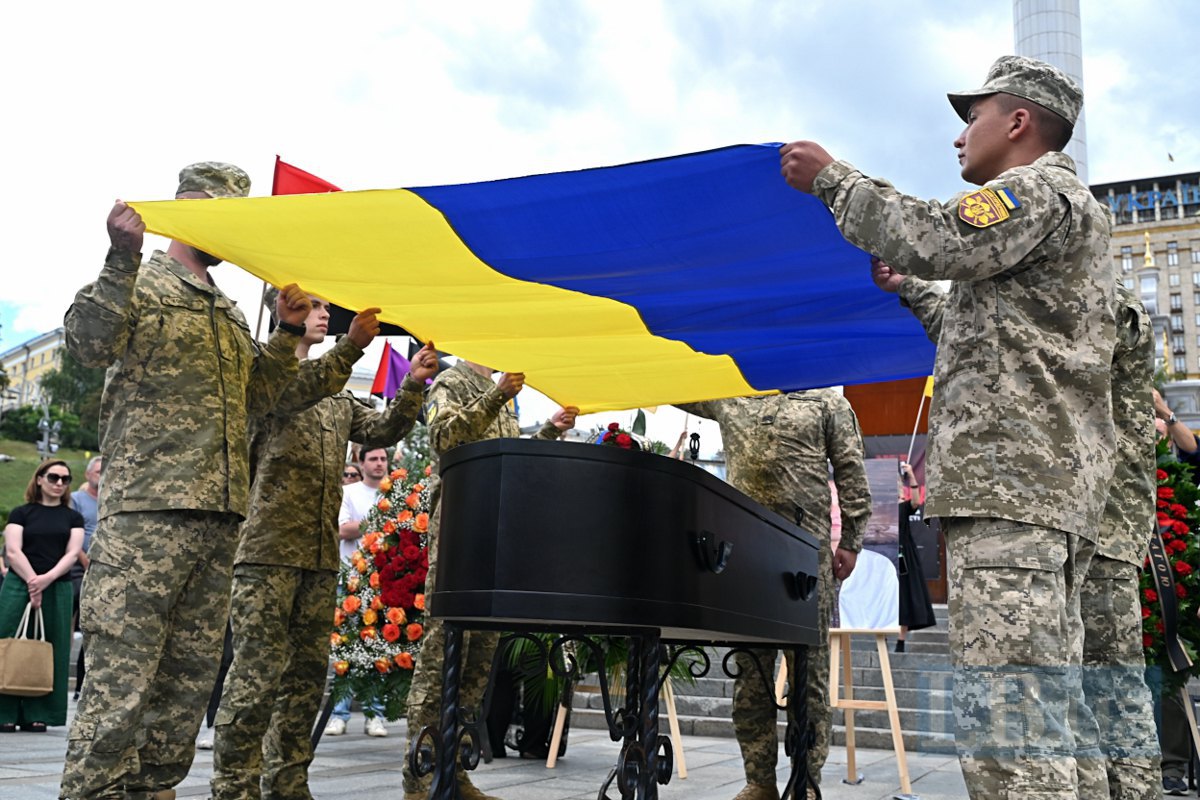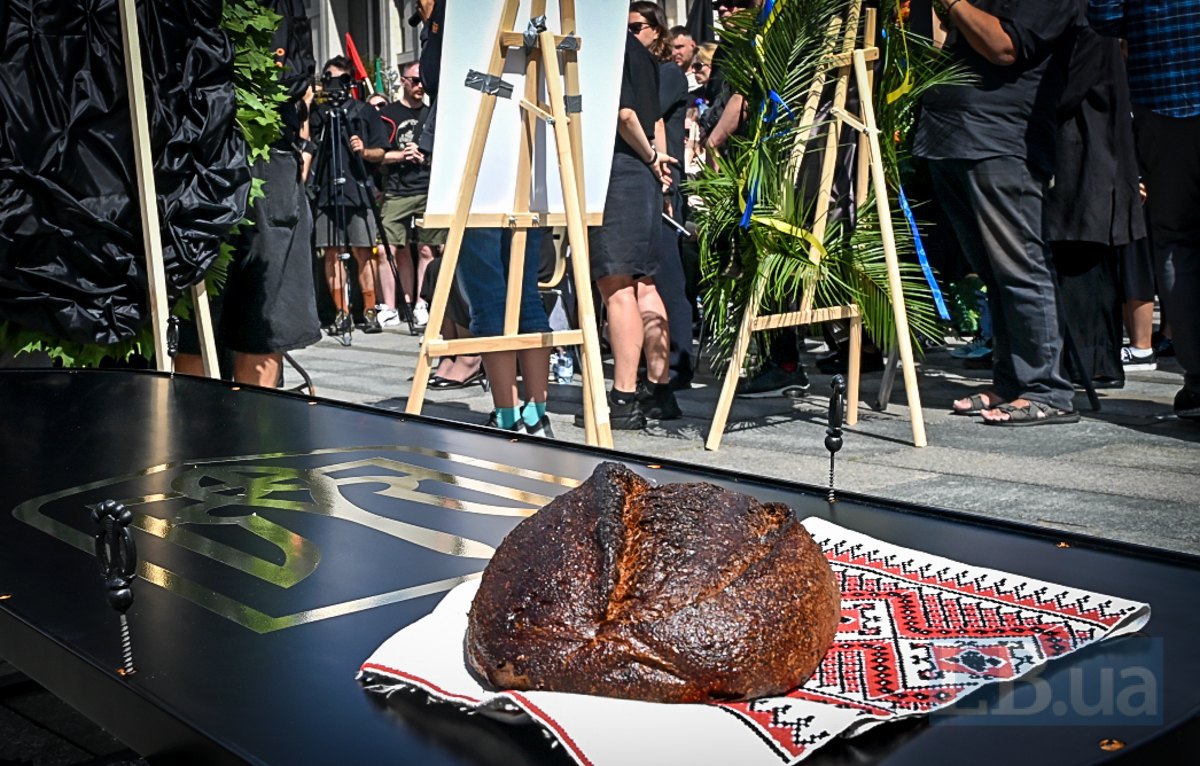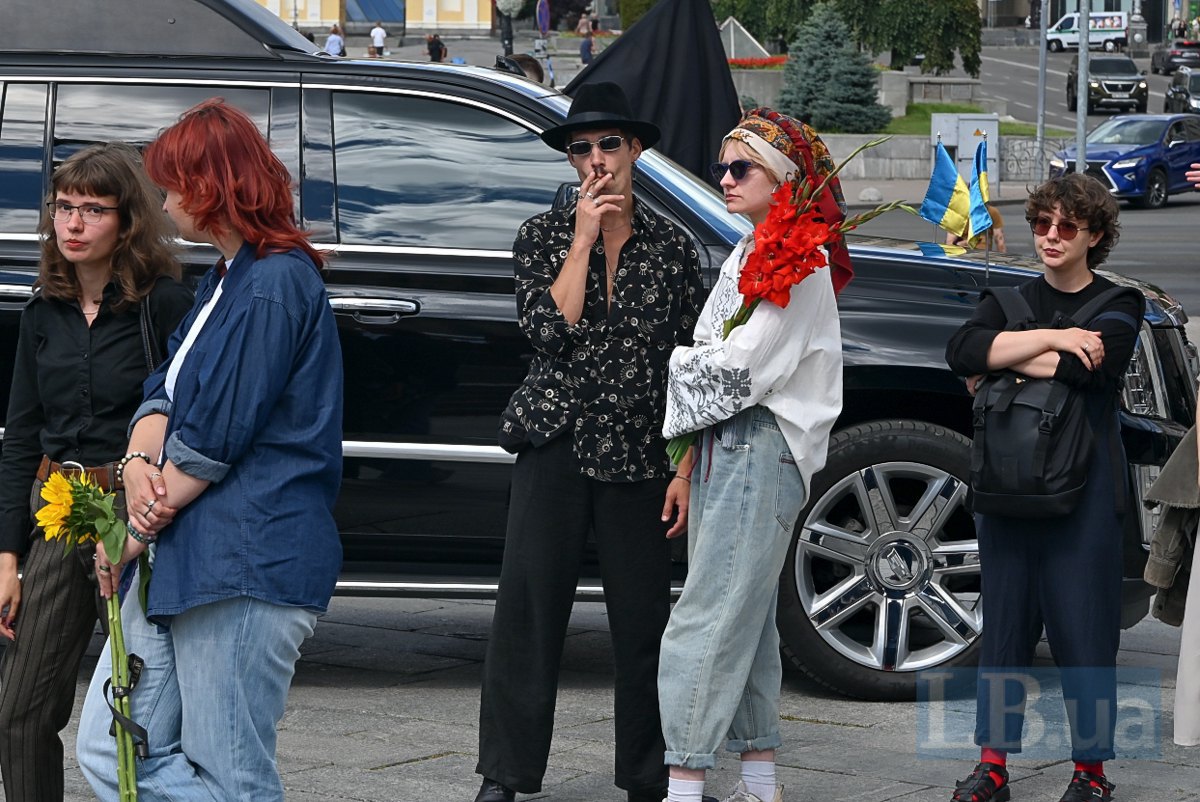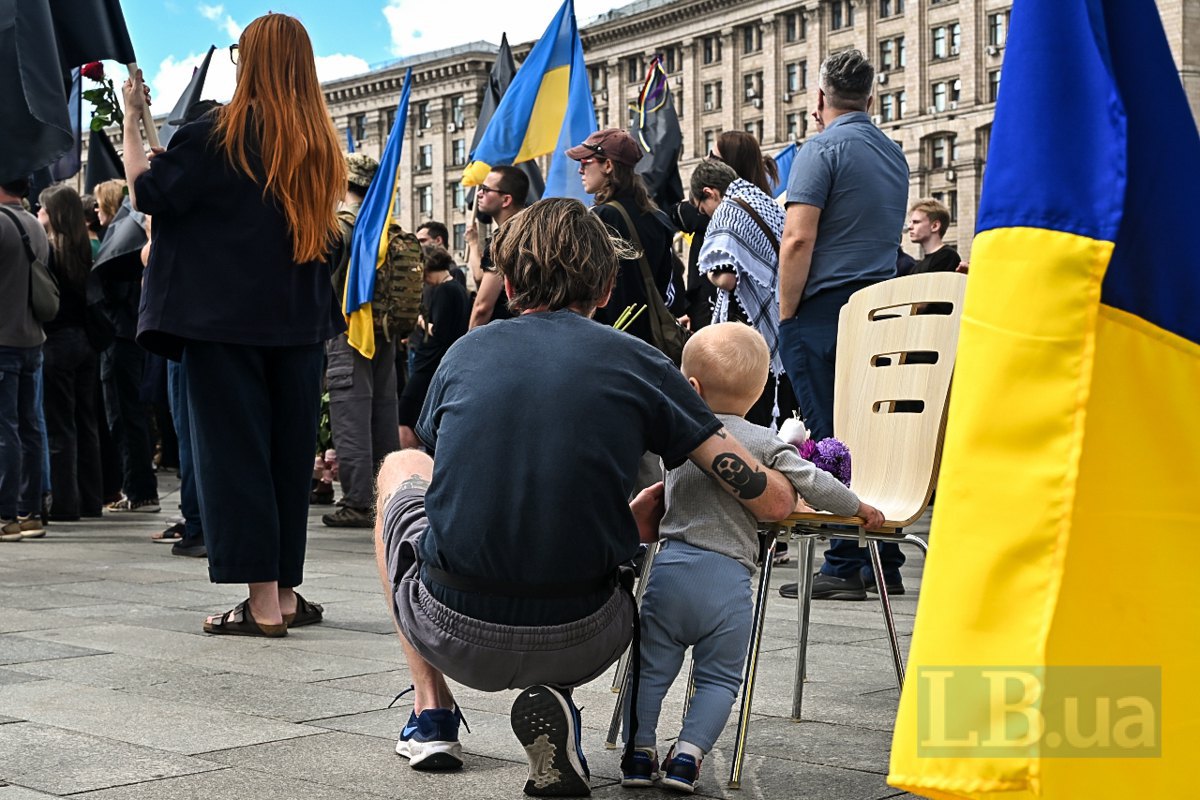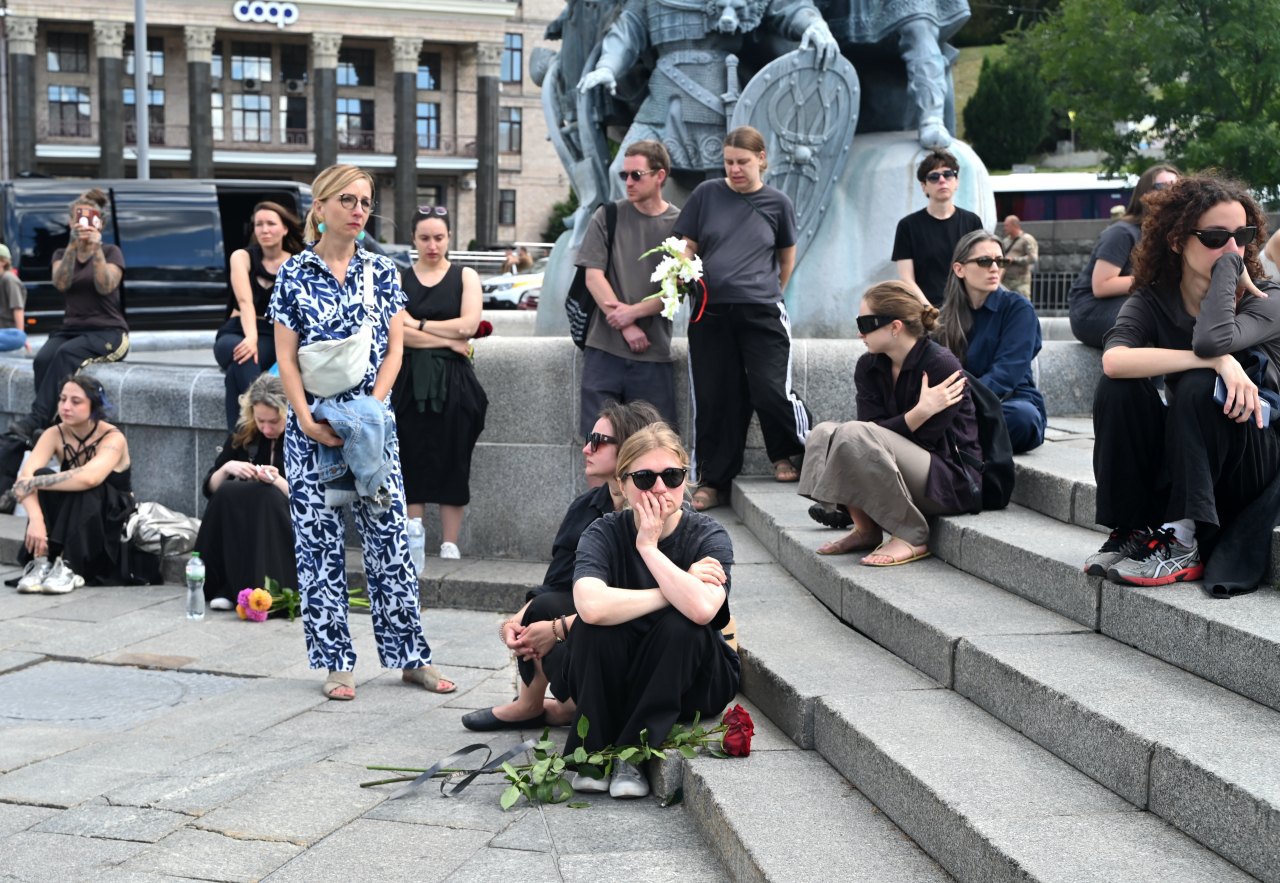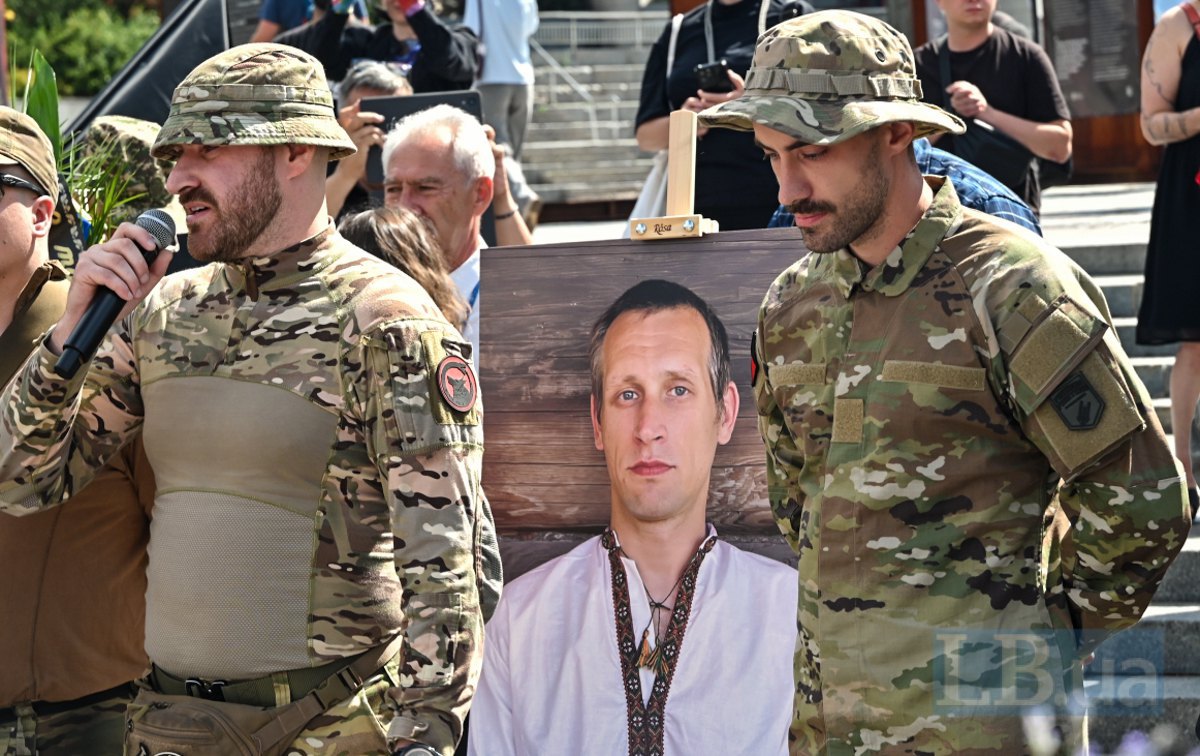
This text cannot help but be personal and subjective. Because I knew Davyd.
When I first heard the news of his death, my mind tried to block it out as absurd; I think this is a common reaction in such cases. Davyd was killed? How is that possible? Maybe it was someone else? Maybe it was a mistake?
The merciless clarity came, of course, very quickly.
Now we must give these official lines, this dry information that records the terrible reality.
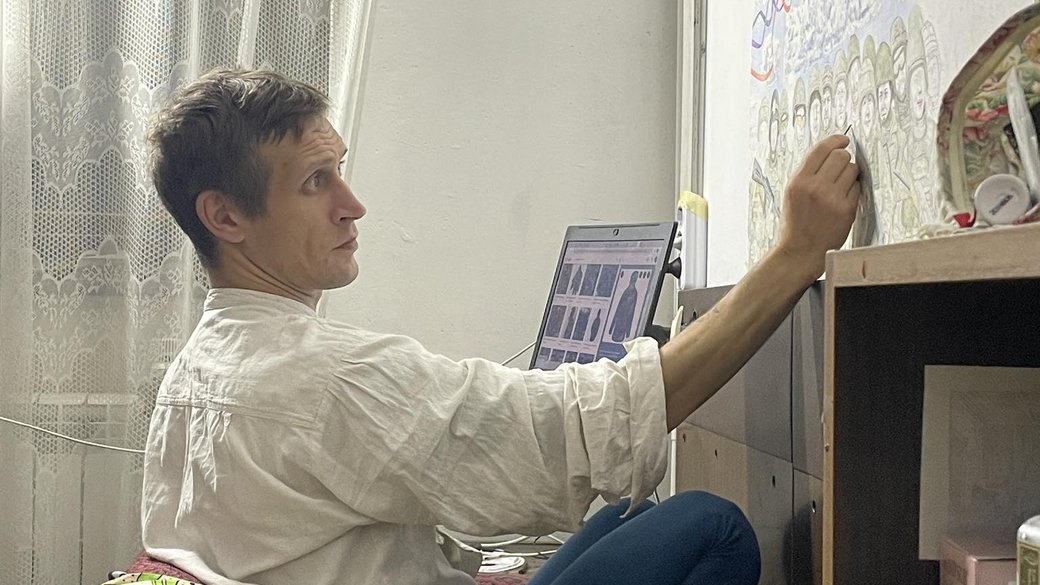
Davyd was born in Kyiv on 15 April 1986 into the family of artists Ilya Chychkan and Tetyana Ilyakhova. His great-grandfather Leonid Chychkan was a socialist realist artist and professor at the Kyiv Art Institute, and his grandfather Arkadiy Chychkan was a non-conformist artist and participant in the legendary Exhibition of the Thirteen (1979). Davyd continued the family tradition, working with graphics, painting, and creating murals. He professed anarcho-syndicalism, a branch of anarchism that advocates decentralisation, solidarity, social revolution, and the organisation of society through free trade unions that control the means of production. His art was poster-like and politically charged. In his daily life, Davyd was an anti-fascist and regularly engaged in physical confrontations with right-wing radicals, who repeatedly tried to disrupt his exhibitions.
Last summer, Davyd volunteered for the Armed Forces of Ukraine. He fought as part of a mortar crew in the infantry company of the First Battalion of the 241st Brigade in the Zaporizhzhya direction and held the rank of senior soldier. While repelling a Russian assault on 8 August, he was seriously wounded and died on 9 August. He is survived by a young son.
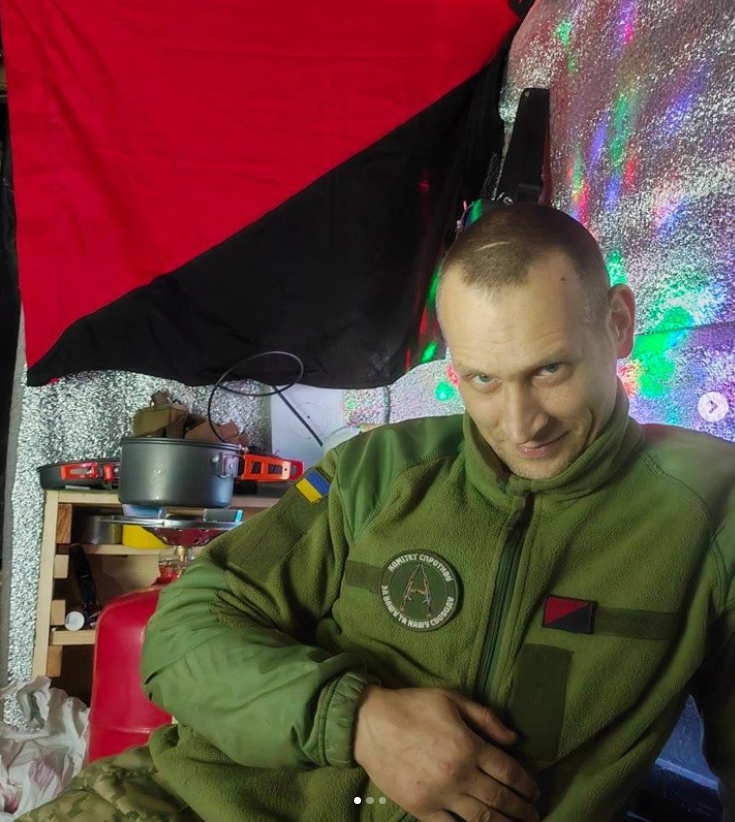
We met a long time ago, more than 10 years ago, when I was fascinated by anti-fascist and anarchist subcultures. Davyd struck me as a person of integrity — straightforward, sincere, without any subtleties. He fought his street war, fully aware of the danger that awaited him: at that time, there was a noticeable surge in activity by aggressive right-wing extremist groups in the post-Soviet space, for whom brutal attacks — even murders — on people with non-white skin colour or ideological opponents were commonplace. For Davyd, joining the ranks of the Armed Forces of Ukraine was a continuation of his principles: after all, the fascist Russian state now threatens the freedom and very existence of the Ukrainian community.
I didn't always connect with his art, but it always had the same integrity that Davyd had. It's worth mentioning that the idea of political art has been tarnished by decades of Soviet bureaucracy, and Chychkan was one of the people who brought it back.
On the eve of the funeral ceremony, the artist's widow Anna wrote on her Facebook page:
“Davyd always had an idea of what an anarchist's funeral should look like. Let's try to make it happen.”
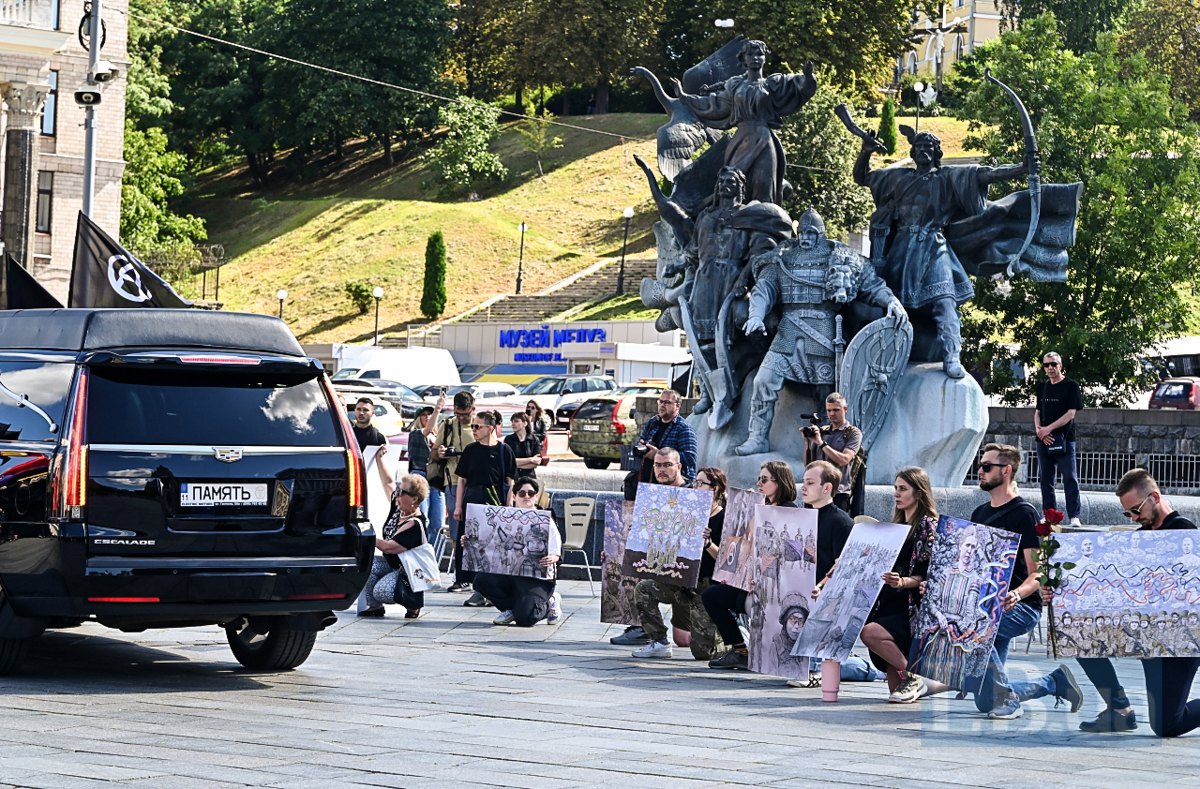
The column of cars was led by a vehicle with loudspeakers blaring anarchist songs, as well as Ukraine and Plyne Kacha. Hundreds of people came: the family of the deceased, his comrades, political activists, anarchist youth, artists, and filmmakers. Ukrainian flags flew alongside the banners of anarchists, anarcho-syndicalists, feminist initiatives, and the LGBT community. Young people held reproductions of his works. One of them, in which Davyd was going to paint his fallen comrade, will remain unfinished forever.
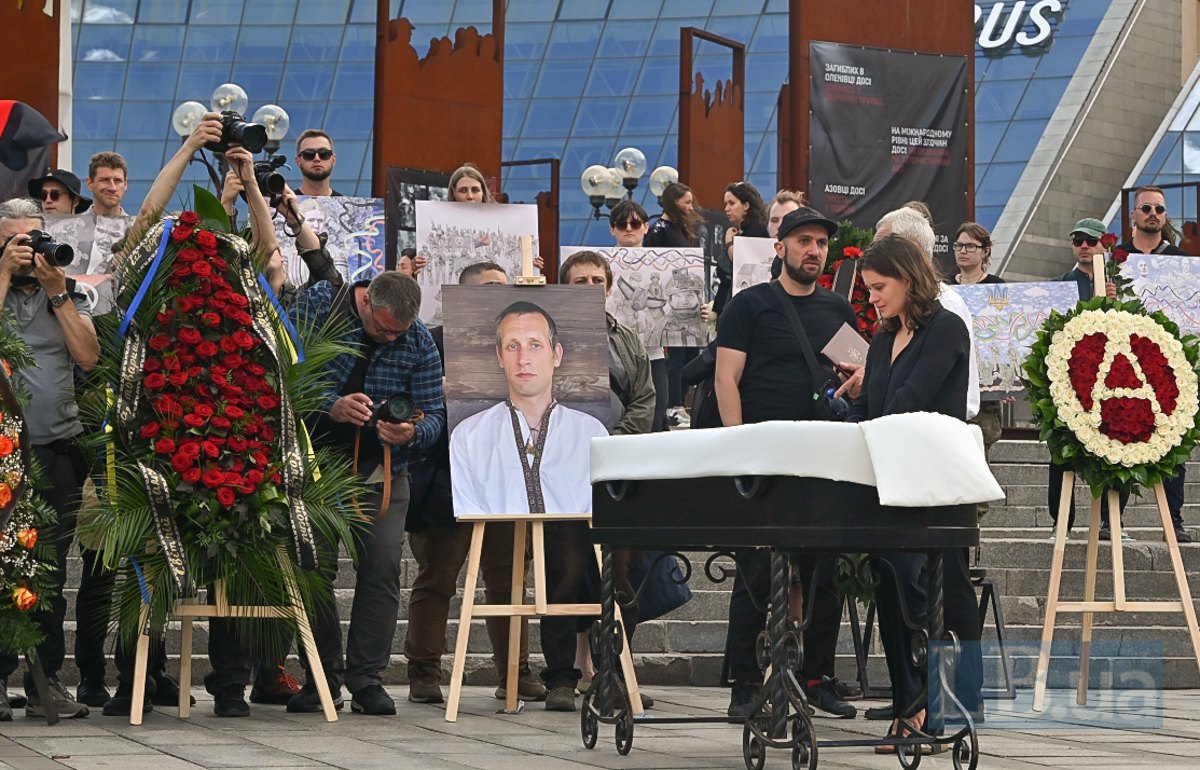
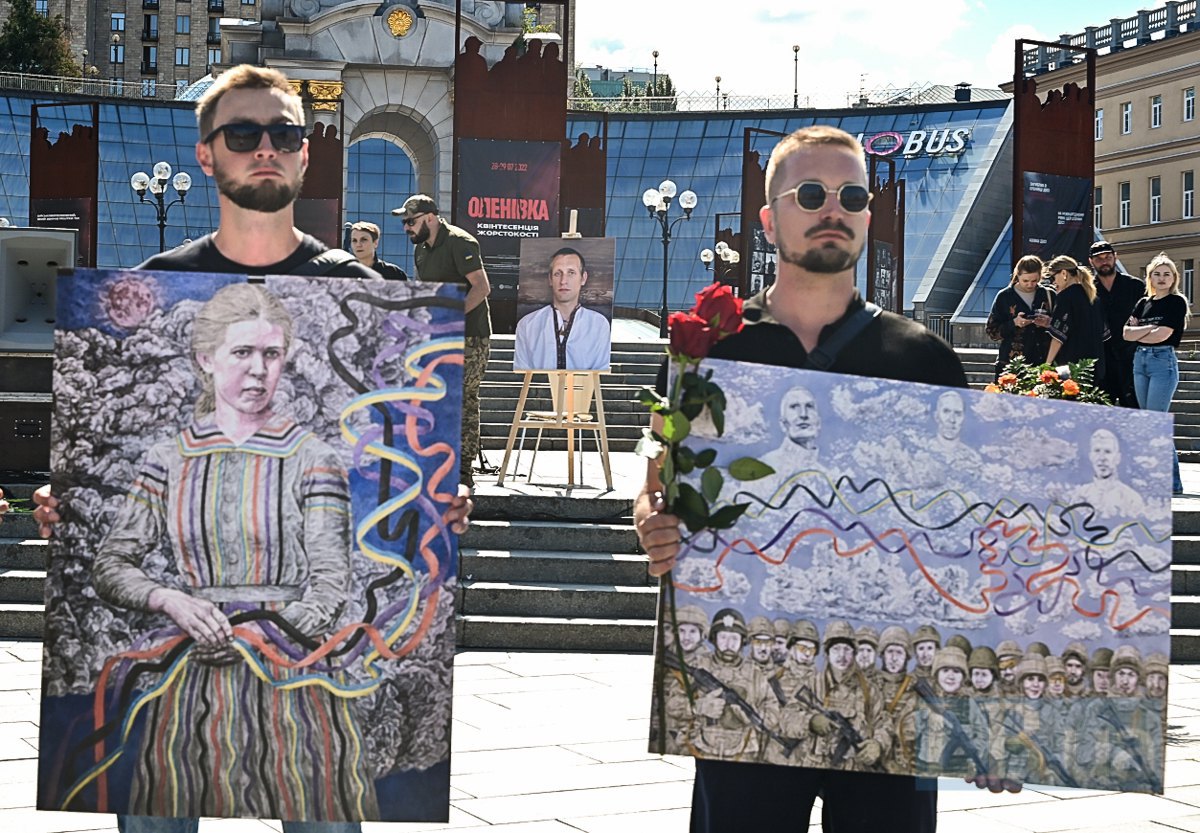
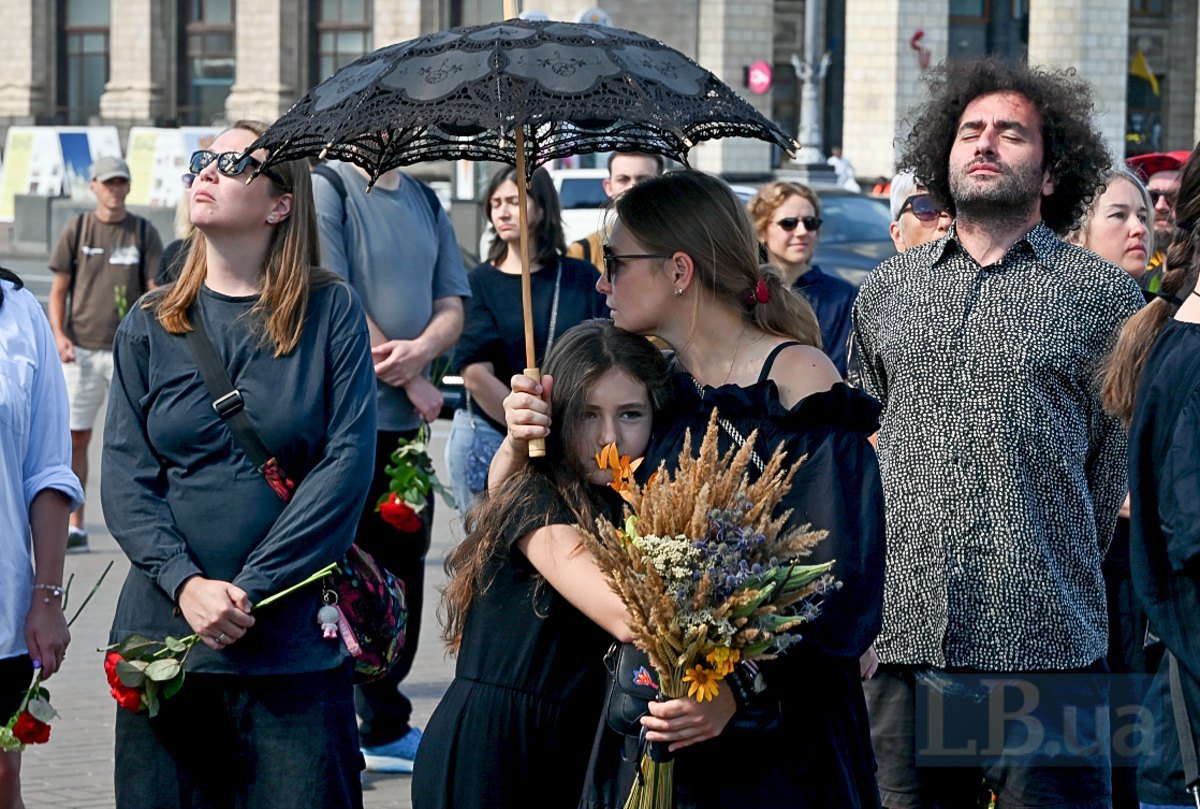
Relatives and friends of Davyd, his fellow soldiers, and artists spoke at the farewell. They remembered him and his ideas. Bandura player Maryna Krutь performed one of her most famous songs, Volya (Freedom):
Mother, don’t cry!
You gave birth to me for freedom.
And at the cost of my own blood,
Sunflowers will rise in the field.
It was probably exactly the kind of farewell Davyd wanted. Colourful. Sincere. Unpretentious. Under the August sun of the city, which Davyd did not allow to be swallowed up by darkness.
Once, in another life, Davyd wrote to me under a photo of a work by an American artist: ‘Oh, Desyateryk, you interviewed her — you'll interview me too!)) But when I become a real street artist, wait a little.’
We didn't have time.
Goodbye, my friend.
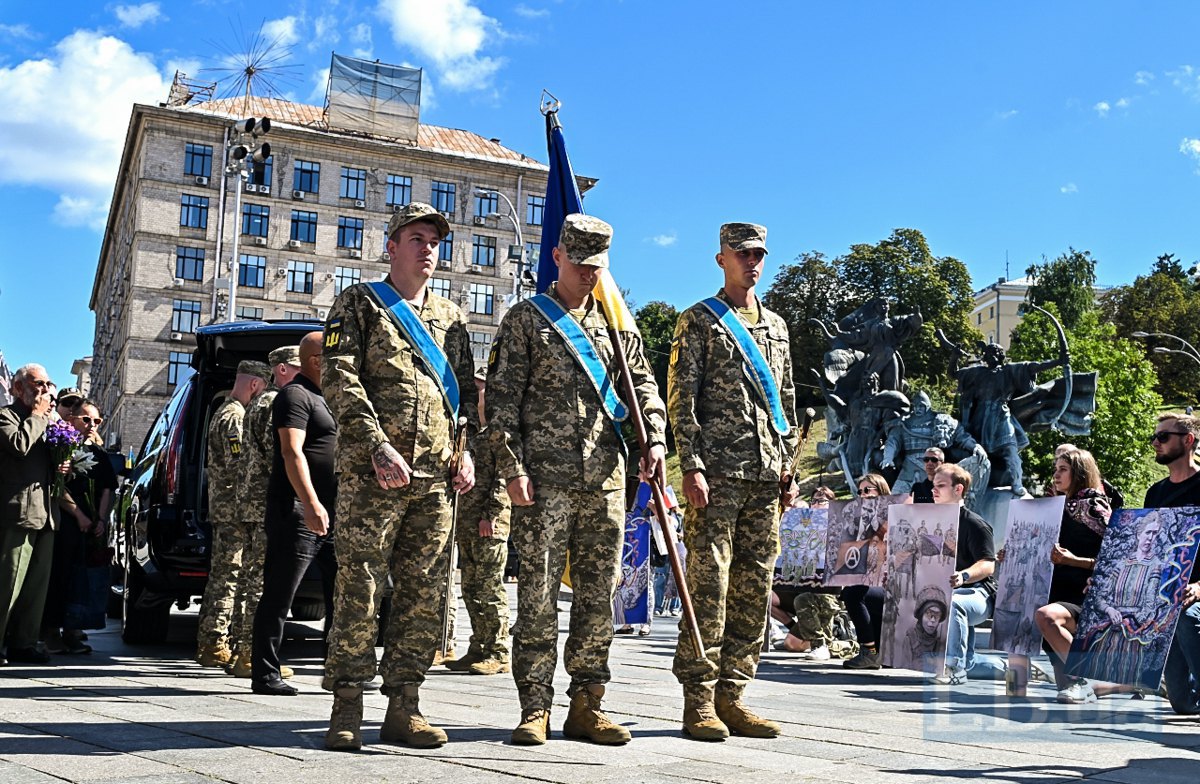
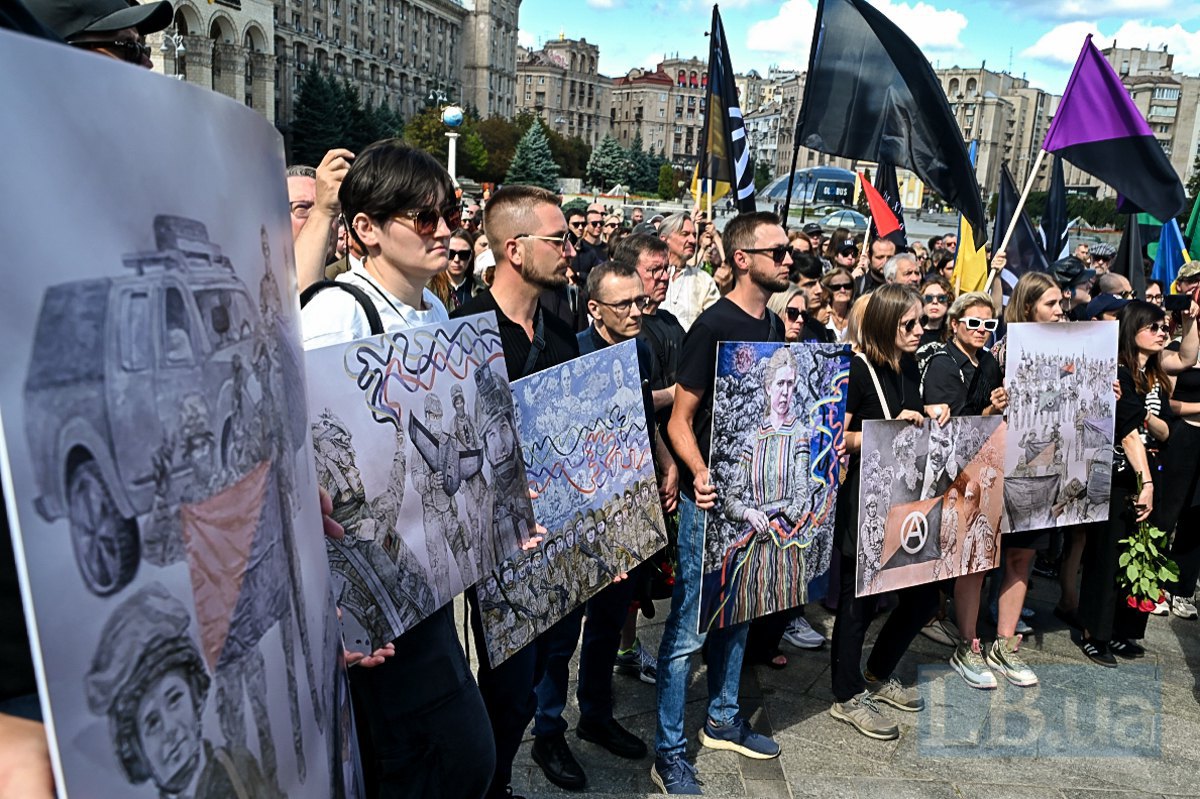
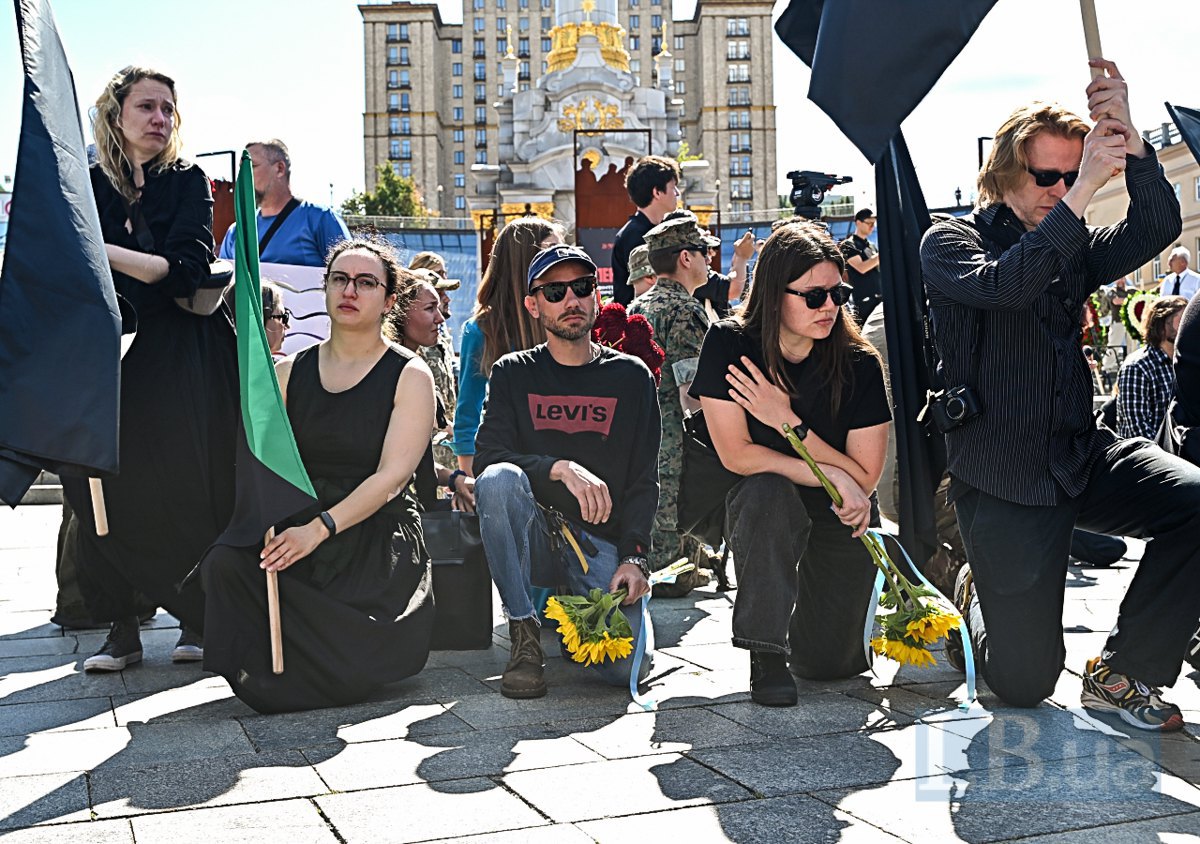
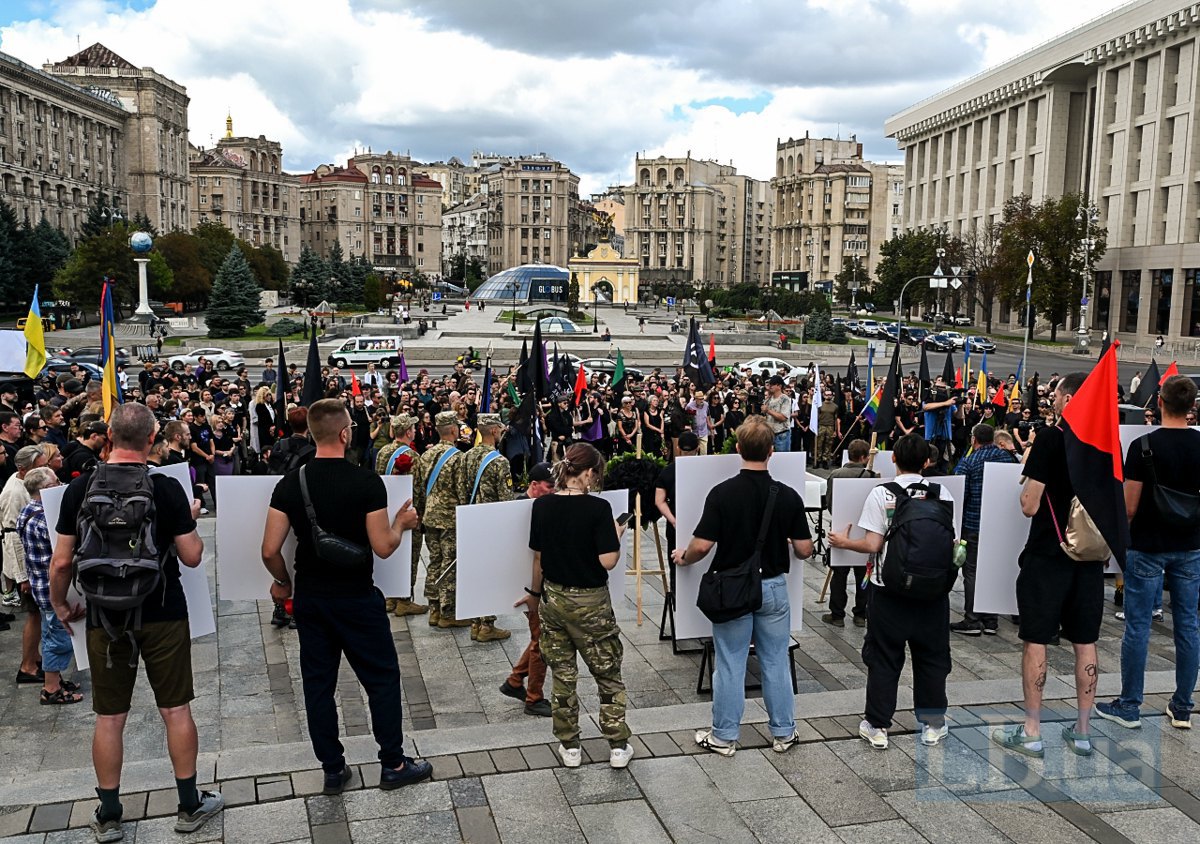
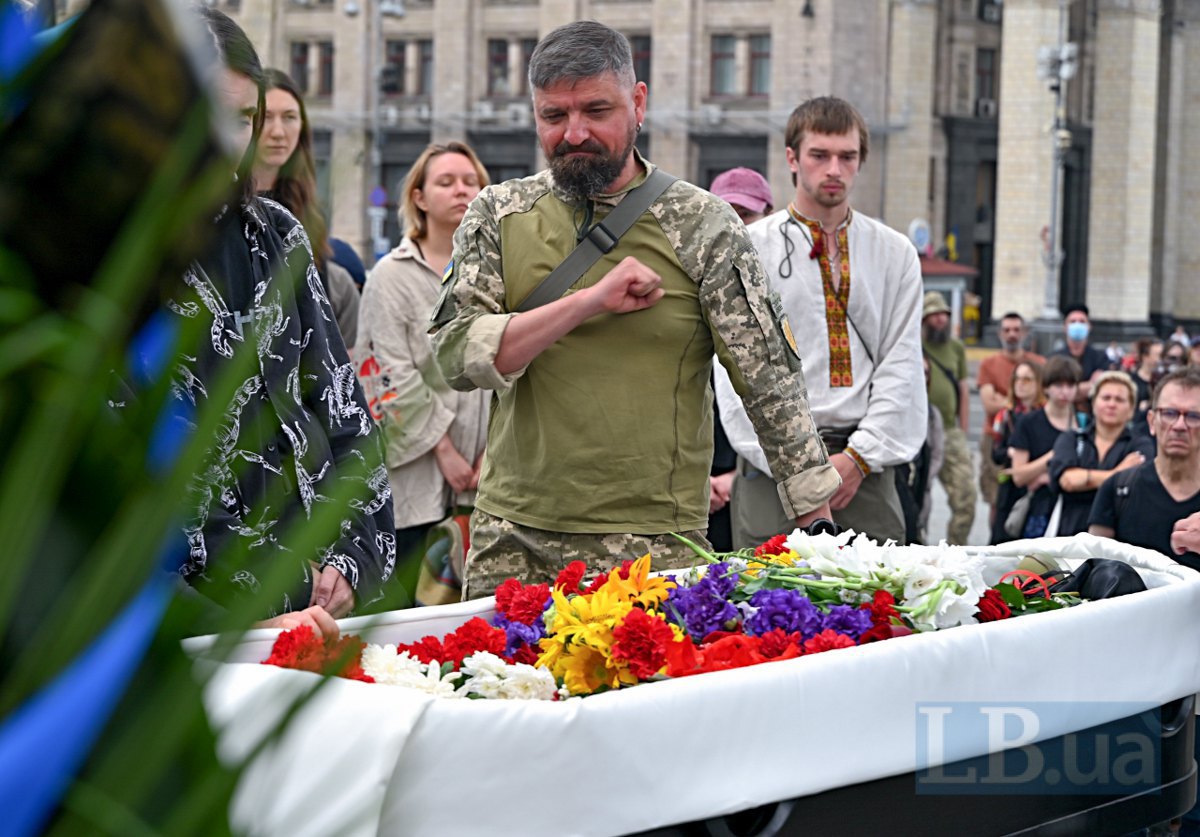
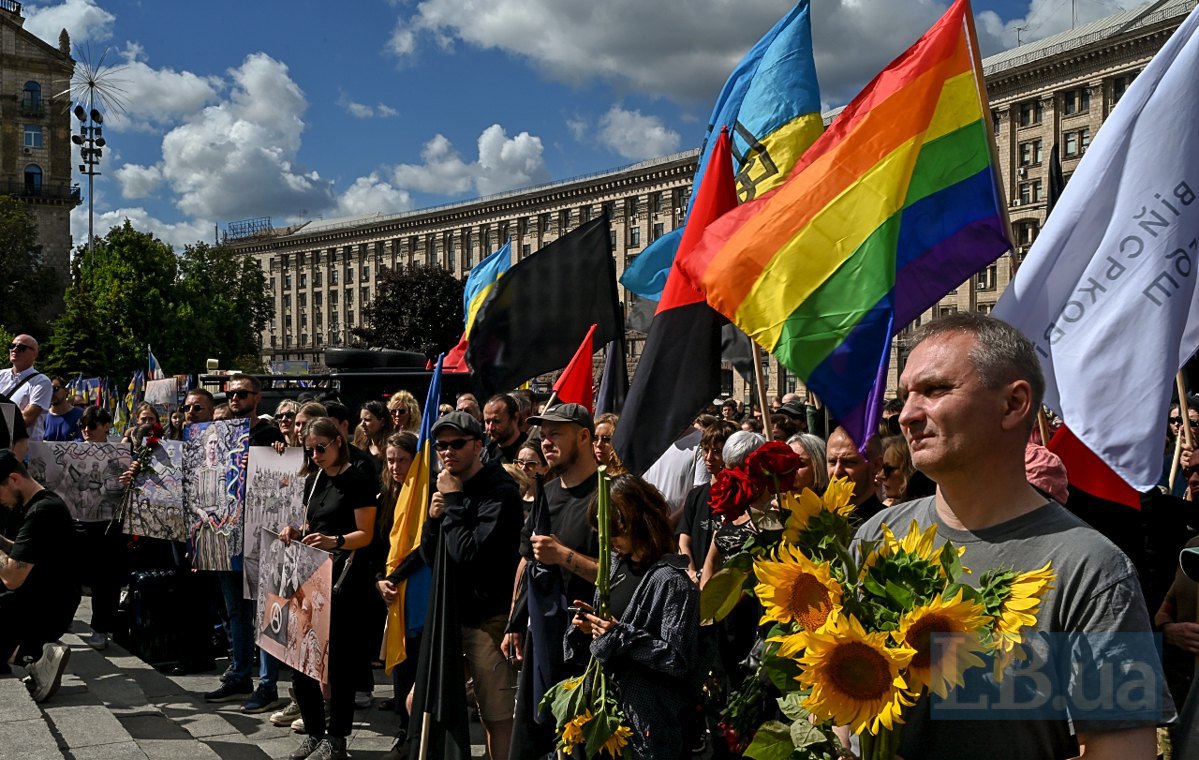
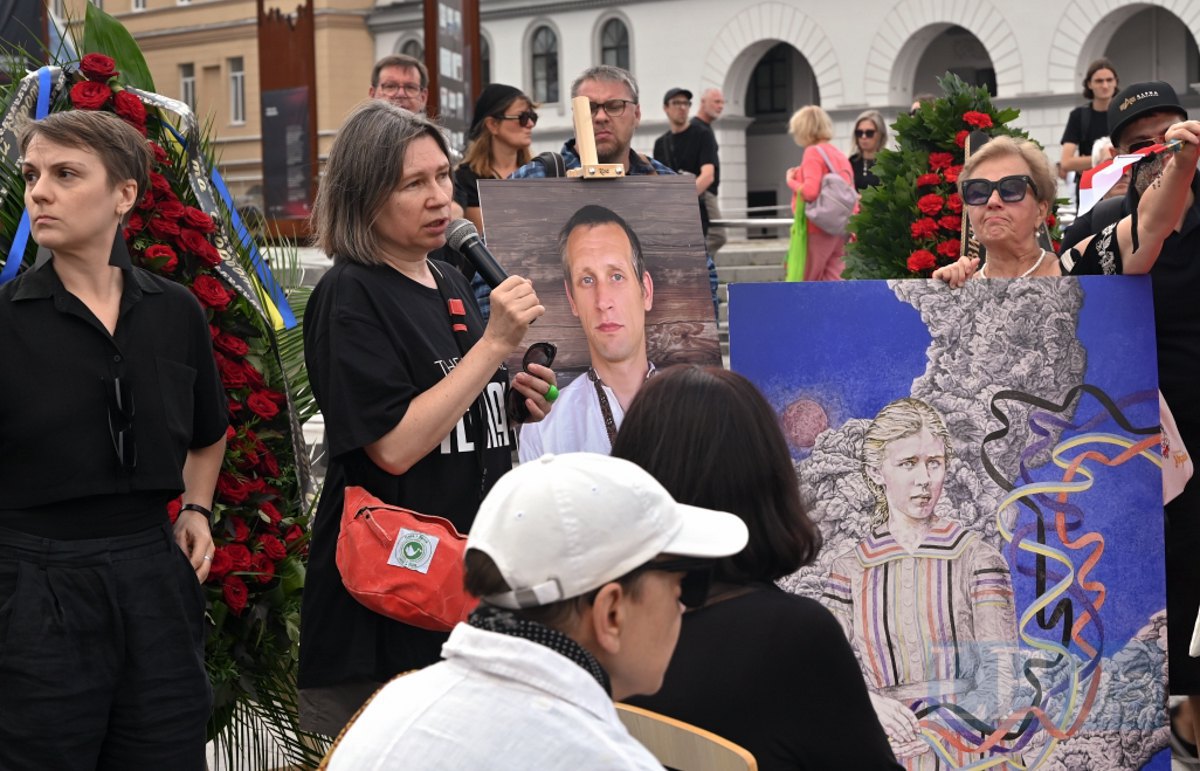
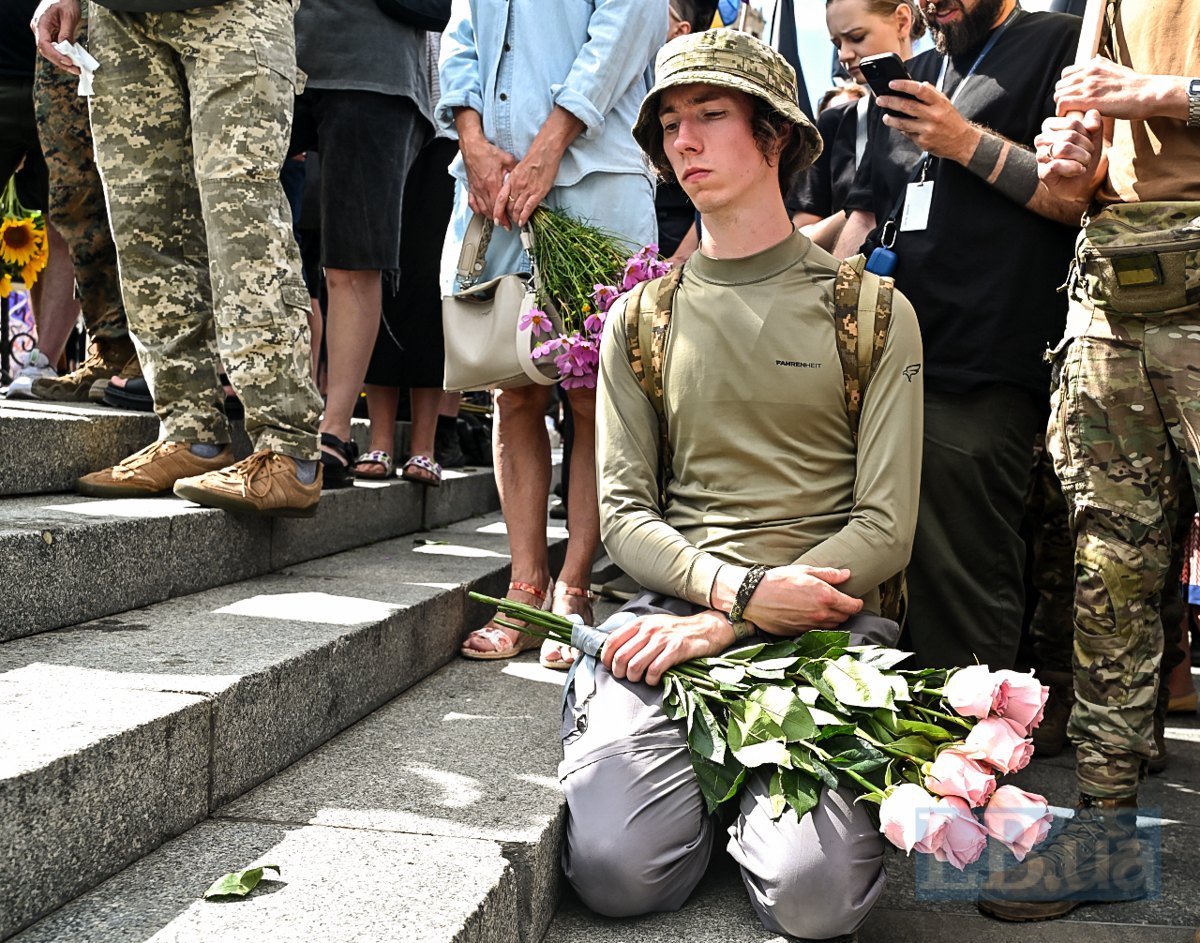
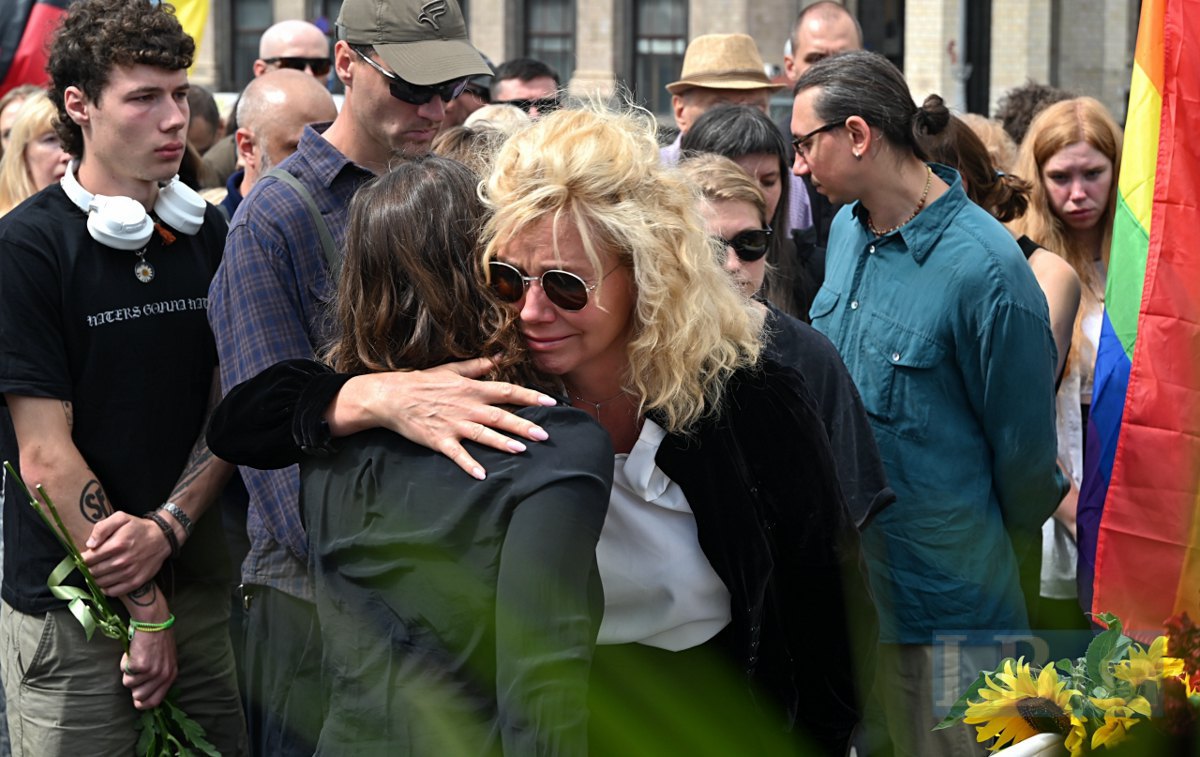
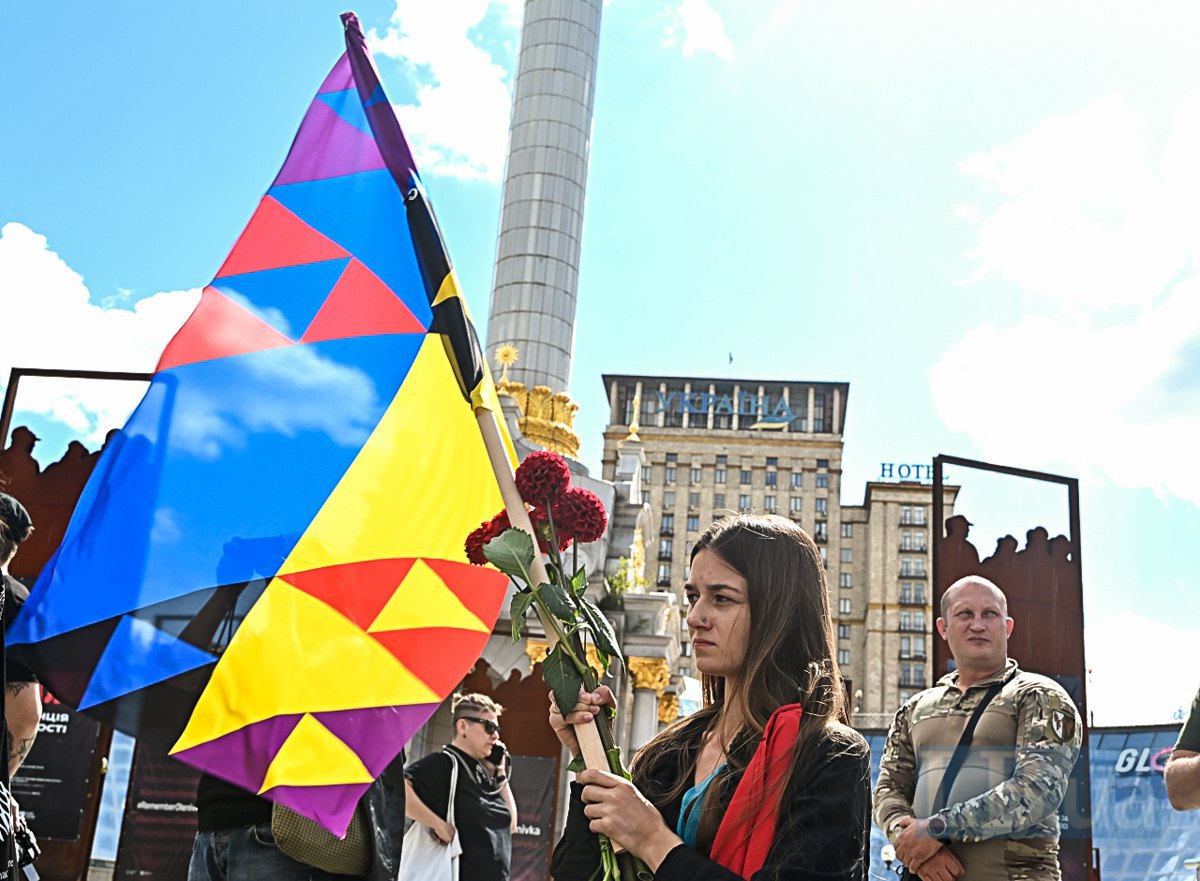
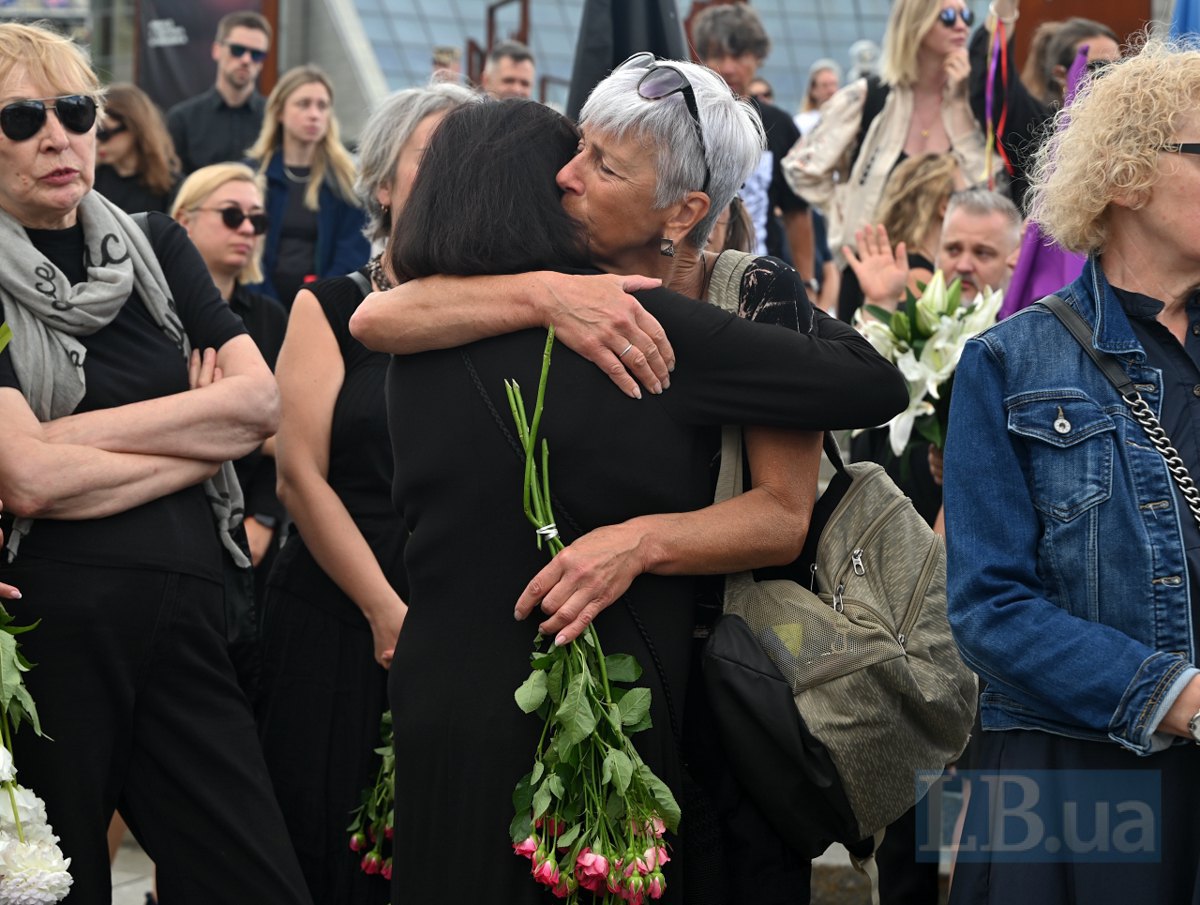
‘Davyd was one of those rare people who lived according to his principles.’
At our request, artist and curator Oksana Bryukhovetska shared her memories of Davyd Chychkan:
"On my way here, I thought that we often express our condolences to the family first, but in fact, I also feel like I am part of the family to which Davyd belonged, in a very broad sense, in the way he understood community, country, and civil society. And I feel responsible for the future memory of him, his art, and his actions.
Davyd was one of those rare people who adhere to principles or views and live according to them. In fact, very often in life we see discrepancies, where people publicly declare certain ideas, but in their private lives they do not actually follow them. It is an eternal question: should a person who proclaims ideas live by them in everything? History shows that even outstanding thinkers did not always do so. Davyd was precisely the kind of person who lived by his principles.
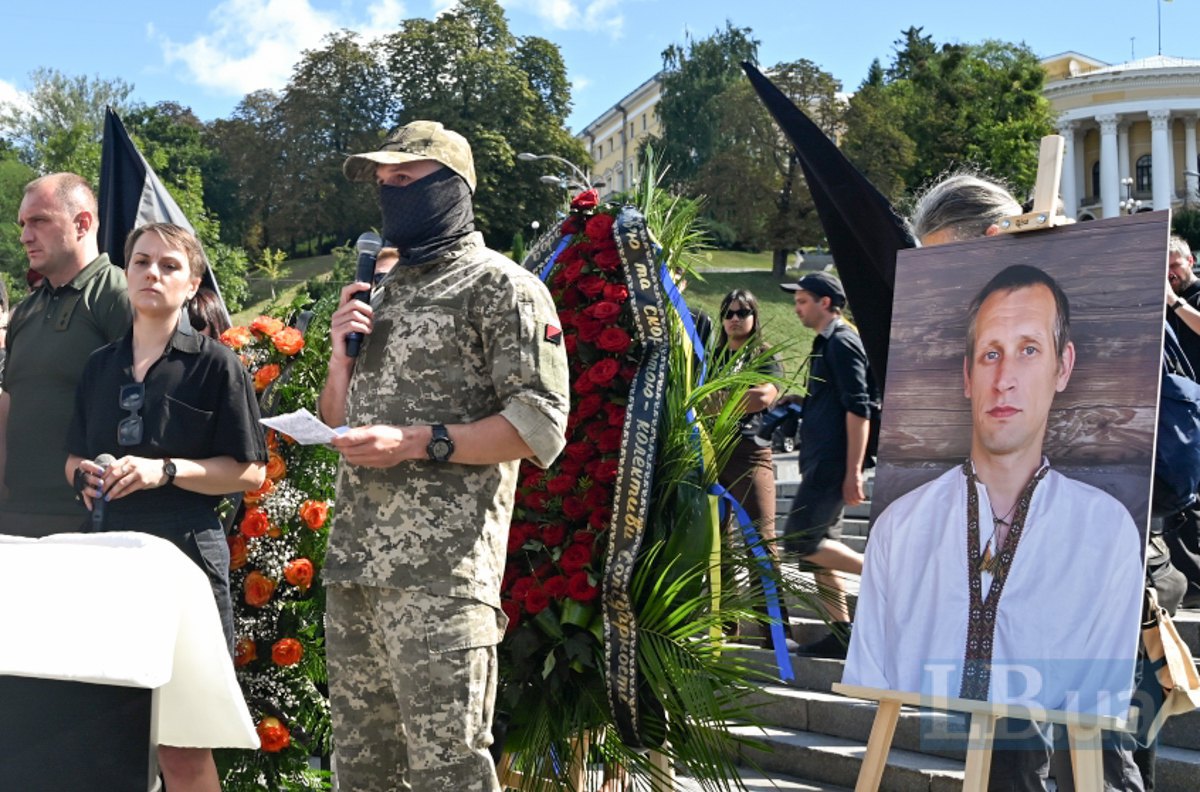
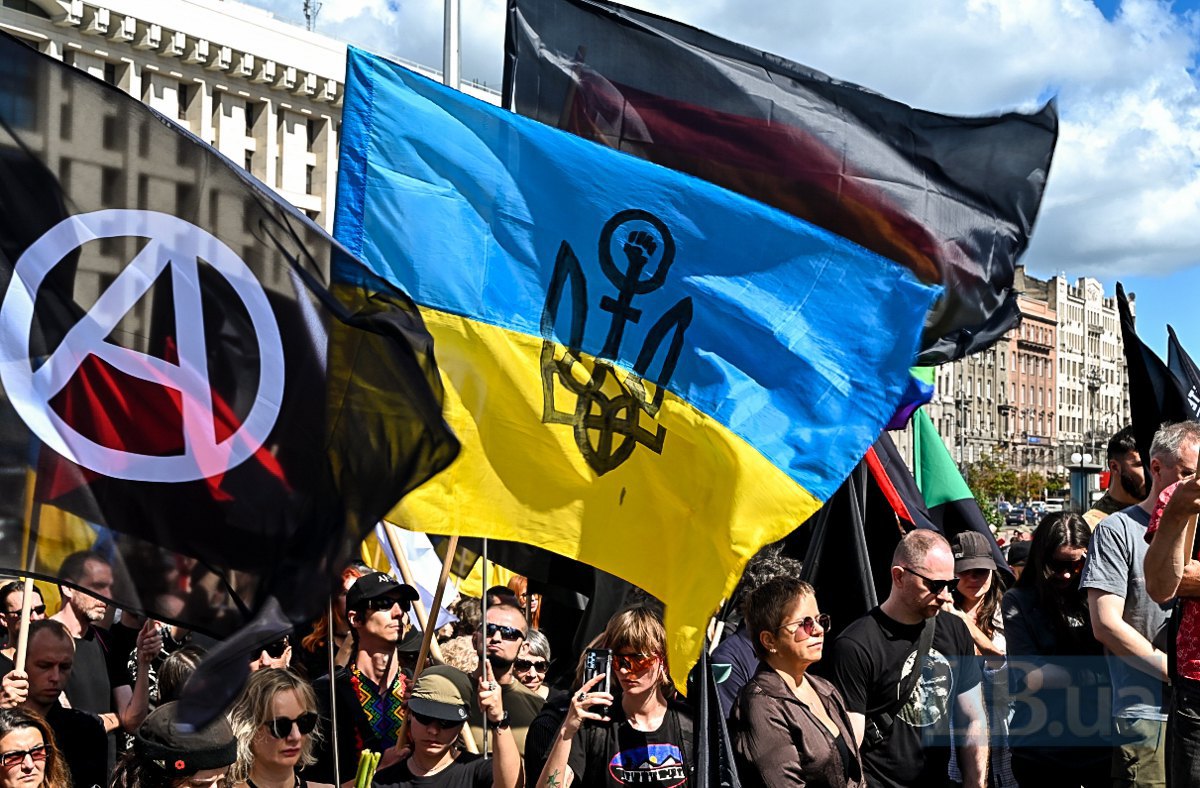
His resistance to domination, hierarchy, and capitalist consumerism manifested itself in very everyday things. When we were just hanging out, he might refuse to go to an expensive restaurant, in full accordance with his beliefs. I don't know anyone else in the art community who would do that. It seemed strange and made us smile, but in fact it shows that his ideas were close to his heart and he lived by them.
We still need time and various tools of interpretation to understand how important his art is for Ukraine. He turned to historical figures of Ukrainian thought, to political ideas of the past, and at the same time created a utopia of the future of Ukraine as he wanted to see it: without hierarchy, without domination, anti-fascist, feminist, socialist. He documented people whose views he shared and with whom he was involved in activism. Documentation is a bit of a strange word here, because his works are very figurative, but they depict real, specific people, so they are also historical documents.
